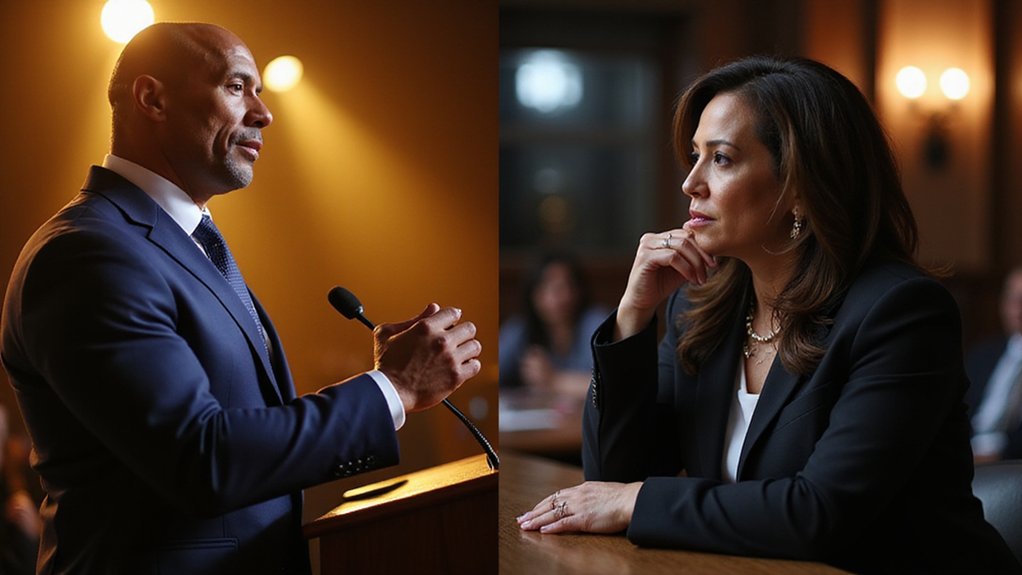While approximately 13.83 million Bitcoin currently reside in individual wallets—representing nearly two-thirds of the total circulating supply—the prospect of joining this exclusive club of whole-coiner status has become increasingly complex in 2025.
The traditional path of dollar-cost averaging remains the most pragmatic approach for retail investors, though the strategy now competes with increasingly sophisticated institutional machinery. Spot Bitcoin ETFs, which attracted over $120 billion in inflows since their 2024 launch, offer mainstream accessibility through products like BlackRock’s IBIT and Fidelity’s FBTC—though purists would argue ETF shares hardly constitute true Bitcoin ownership.
Corporate treasuries and institutional funds now control 14% of the supply (7.8% in funds and ETFs, 6.2% in business holdings), creating unprecedented competition for remaining coins. High-net-worth individuals and corporations like Tesla leverage purchasing scale advantages that individual accumulation strategies simply cannot match, while Web3 employees receiving crypto salaries in USDT can methodically convert portions to Bitcoin—assuming they resist the temptation to diversify. The fundamental supply-demand mechanics that drive Bitcoin’s price movements mean that this institutional competition creates additional upward pressure on acquisition costs for retail investors.
The regulatory landscape has simultaneously clarified and complicated ownership pursuits. Starting January 2025, U.S. exchanges must report transactions via Form 1099-DA, while investors face the byzantine requirement of calculating cost basis on a wallet-by-wallet basis rather than universal account methods. Each Bitcoin purchase now requires meticulous record-keeping for tax compliance, as the IRS can impose penalties for inaccuracies in cost basis calculations.
Self-tracking transfers between wallets remains mandatory until broker communication protocols mature—a delightful administrative burden for those managing multiple custody solutions.
Perhaps most intriguingly, the federal government itself has entered the accumulation game through the Bitcoin Act of 2025, which established a Strategic Bitcoin Reserve potentially exceeding one million coins. Government holdings must be maintained for at least 20 years with annual audits and public reporting requirements that private holders significantly lack. The Treasury now operates a decentralized network of geographically dispersed secure storage facilities to minimize risk and enhance the resilience of these federal Bitcoin holdings.
Even government entities, despite controlling merely 1.5% of supply, represent formidable competition in an increasingly constrained market. The confluence of institutional adoption, regulatory complexity, and federal participation suggests that achieving whole-coiner status requires not just financial resources, but navigational expertise through an ecosystem where traditional retail strategies compete against treasury-scale operations and regulatory frameworks designed for professional-grade compliance infrastructure.








